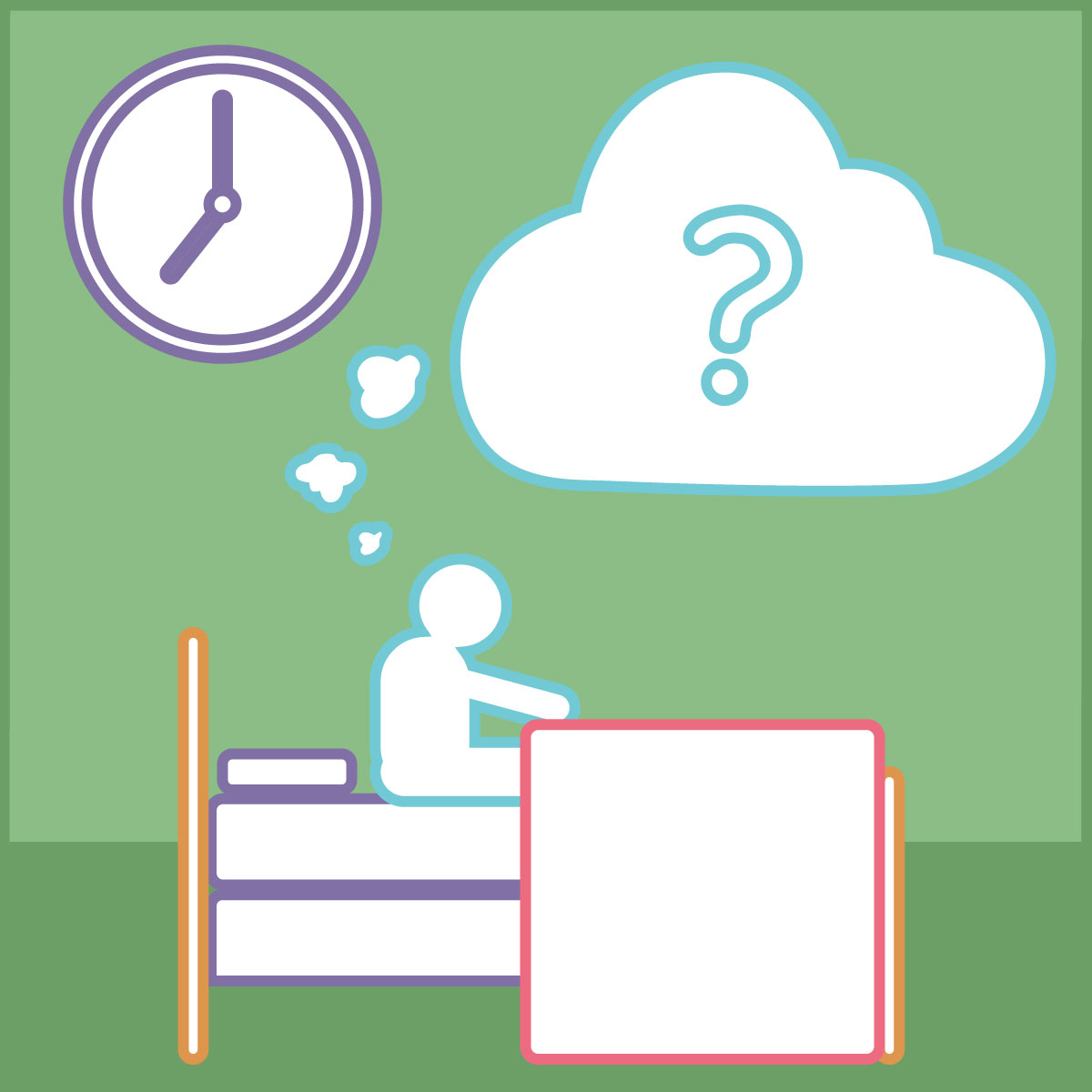
When Does REM Happen?
Up until the past few decades most of what we knew about REM (Dream) sleep, was limited to knowing that during it, we dreamt and exhibited Rapid Eye Movements. As such it was called REM sleep, but the key benefits of this stage of sleep were not well understood. Since those early days, some of the mystery has been revealed, resulting from some very clever research, however, there is certainly more to be discovered. We’ll answer how much of it you need, but first, let’s cover some key features of this very important stage of sleep:
- Rapid eye movements, occur only during this stage of sleep, while we actively dream.
- REM sleep, with and without dreaming, serve important functions; problem solving and creativity, and more significantly, emotional, and mental health.1
- The anxiety-producing chemical, noradrenaline, is absent from the brain during REM sleep, which can reduce negative emotional reactions associated with traumatic events, upon recall. 2
- Memory and emotional centers of the brain become as much as 30% more active during REM sleep compared to wakefulness.3
- Areas of the cerebral cortex involved with movement become more active too during REM sleep, but motor (muscle) activity throughout the body (excluding eyes) is inhibited by lower centers at the base of the brain. Sleepwalking is not normal.
- Dreams lack logical filtering (those rational centers of the brain are not active during dreams), which is why they typically seem so bizarre. 3
- The majority of REM sleep occurs during the last half of the night, therefore, if you don’t sleep long enough, you will deprive yourself of REM sleep and its’ important benefits.
So, why is REM sleep needed? Let’s get back to its’ benefits – problem solving and creativity and emotional and mental health. Great problem solvers use their brain to generate questions and let the answers come to them. An excellent time to receive those answers is when asleep, particularly during REM sleep. It isn’t surprising that most REM sleep happens late in our sleep session, providing a greater chance we will awaken with the answer.
During my lifetime as a physician, I’ve witnessed an increasing rate of mental and emotional illness, as our society has become increasingly sleep and REM deprived. Not being able to replay prior trauma in our dreams without the associated adrenaline rush, doesn’t allow us to work through our traumas, whether mild or severe. As such, we build walls of defense mechanisms and coping strategies that create unhappiness and poor relationships.
I’ll take as much REM sleep as I can get. Young healthy adults get about 2 hours.4 However, to get that 2 hours, they need to sleep about 8 hours. Give yourself the time you need and deserve, to sleep. Solutions will come easier, and happiness will be less elusive.
- Walker MP, Liston C, Hobson JA, Stickgold R. Cognitive flexibility across the sleep-wake cycle: REM-sleep enhancement of anagram problem solving. Brain Res Cogn Brain Res. 2002 Nov;14(3):317-24. doi: 10.1016/s0926-6410(02)00134-9. PMID: 12421655.
- Claude Gottesmann. The involvement of noradrenaline in rapid eye movement sleep mentation. Frontiers in Neurology 12 Dec 2011, doi: 10.3389
- Matthew P. Walker, Why We Sleep: Unlocking the Power of Sleep and Dreams, October 3, 2017
- REM Sleep: What It Is and Why It Matters | Sleep Foundation
